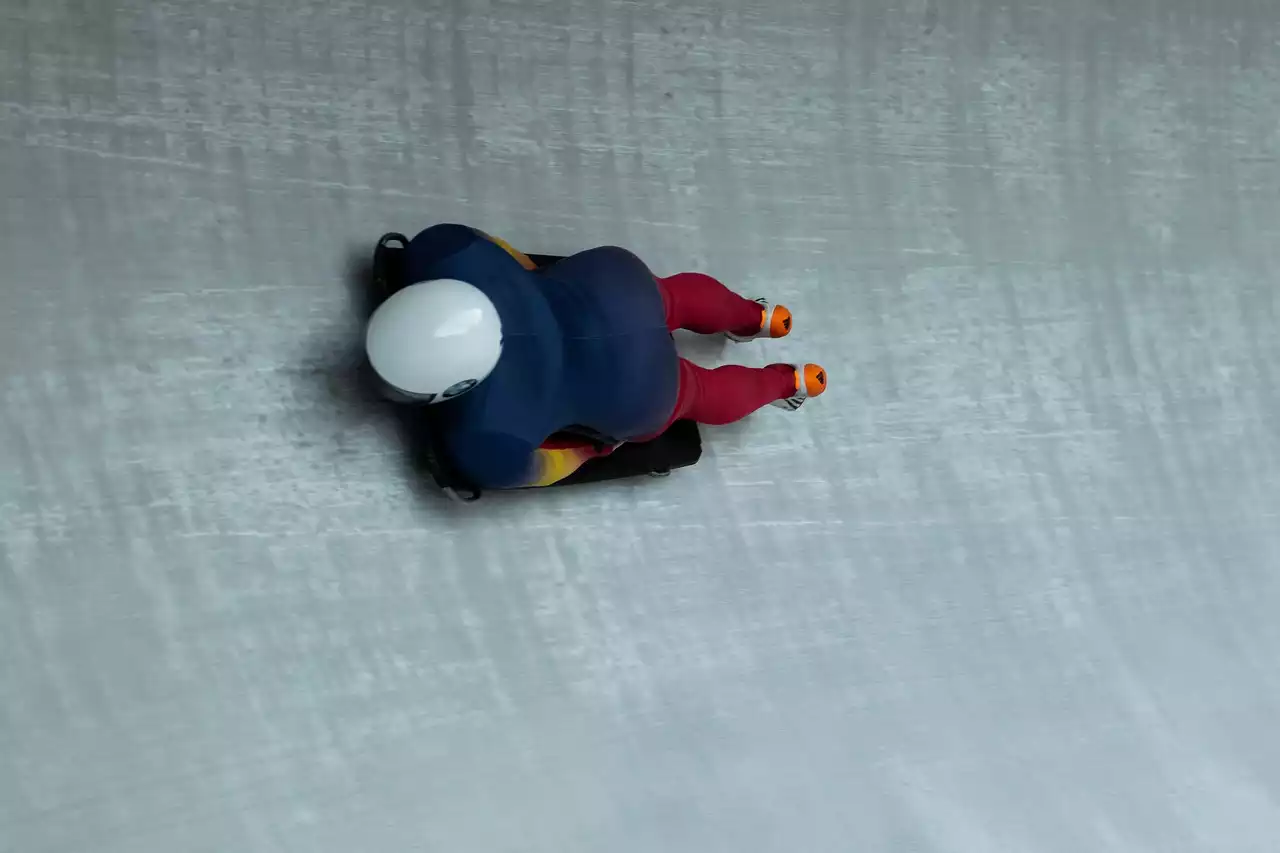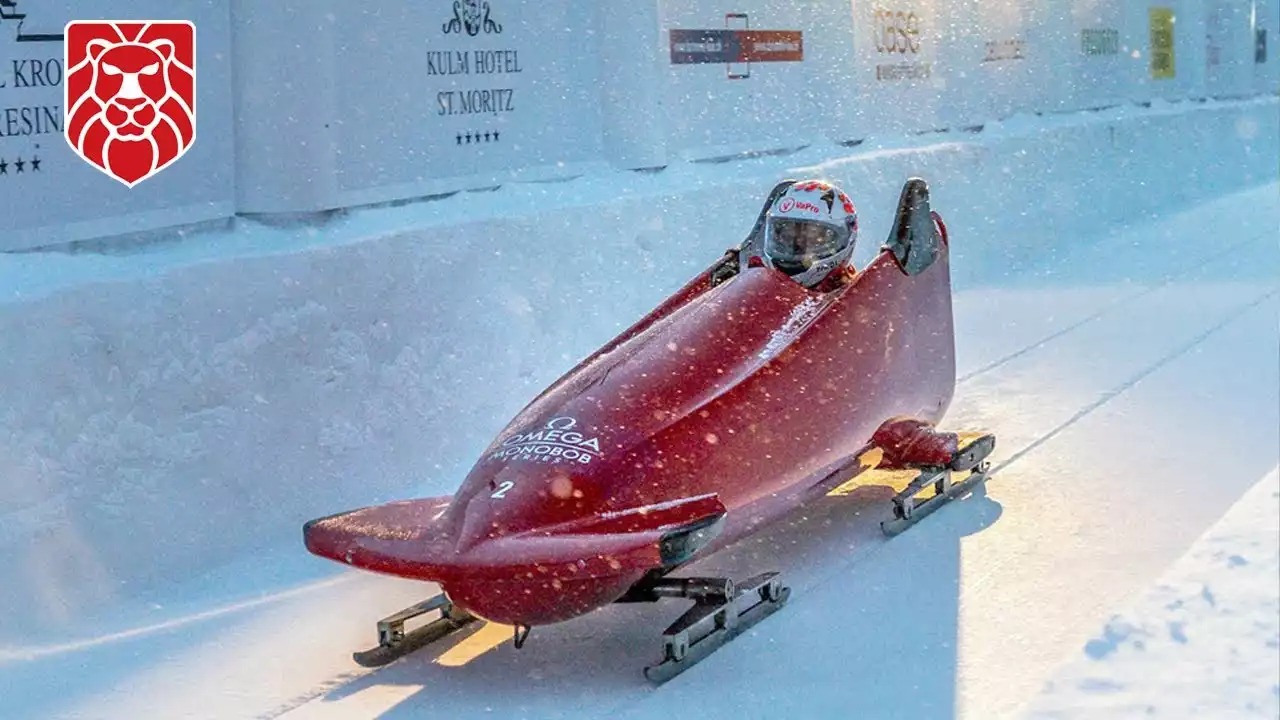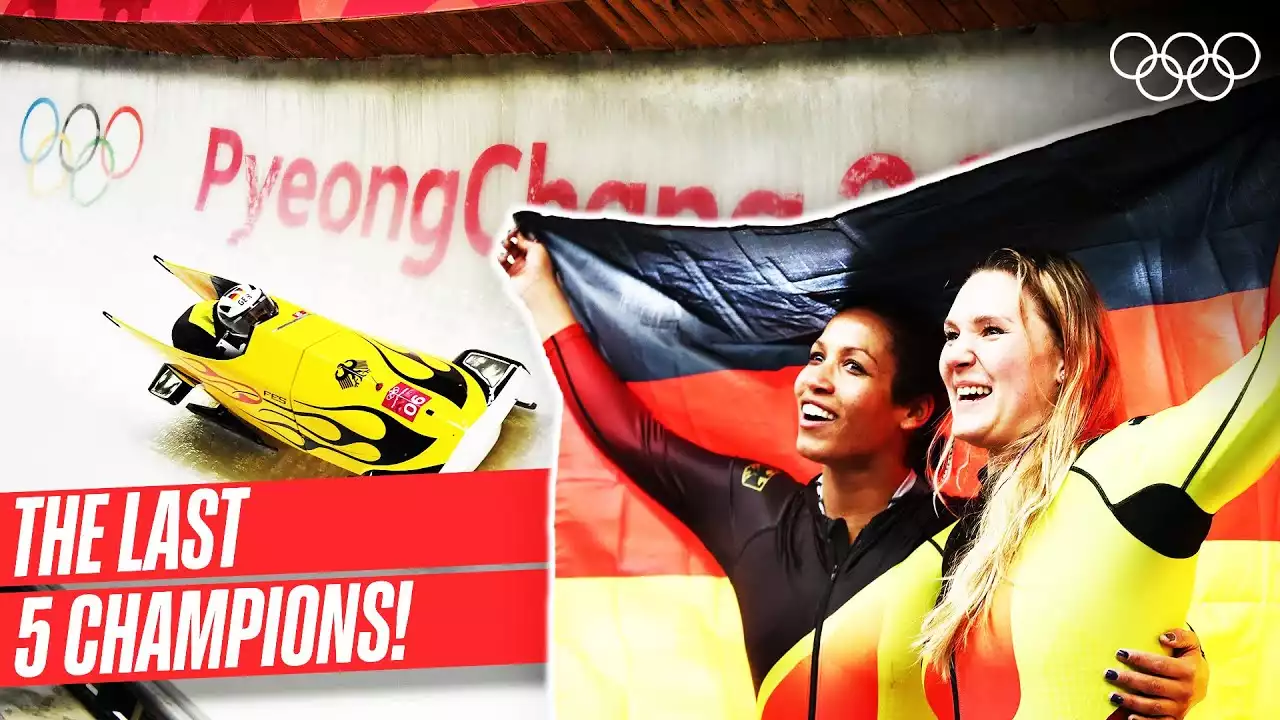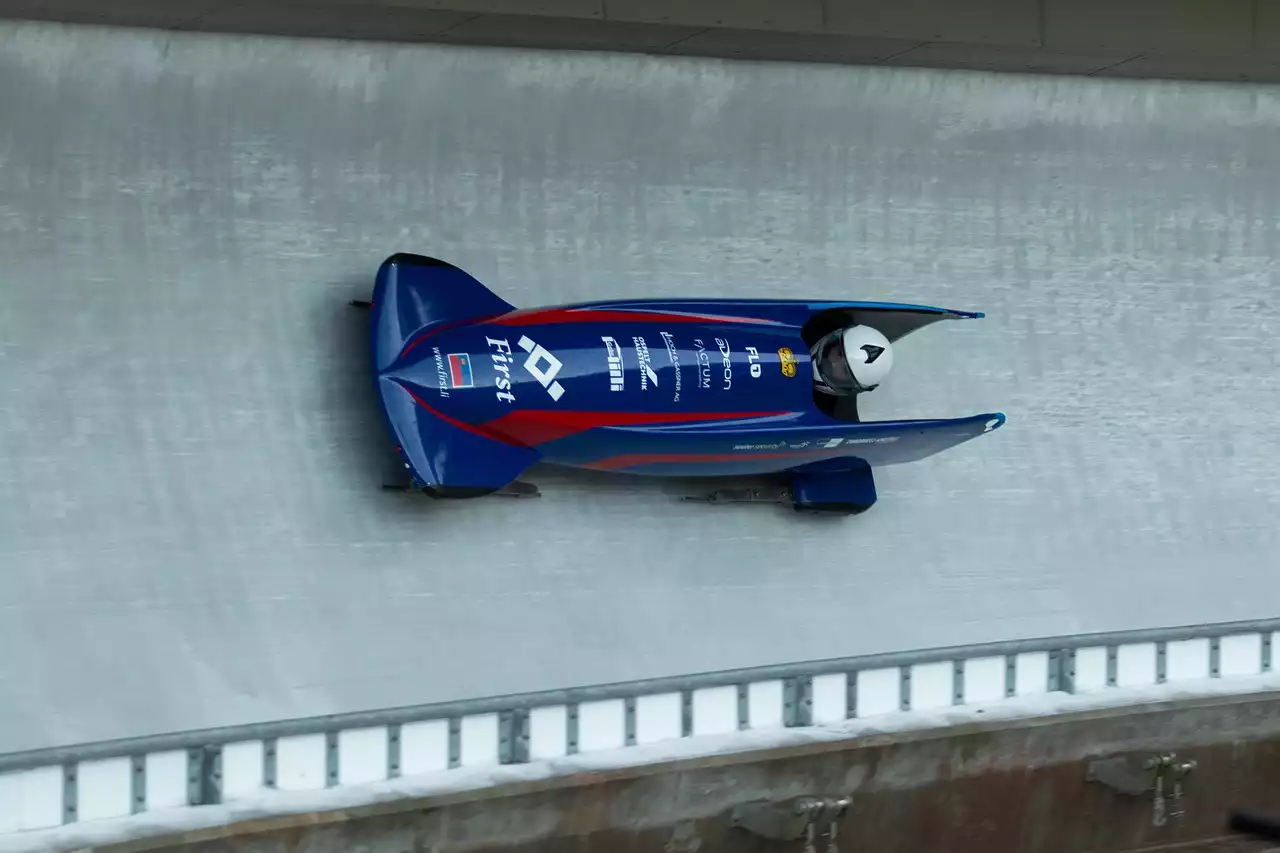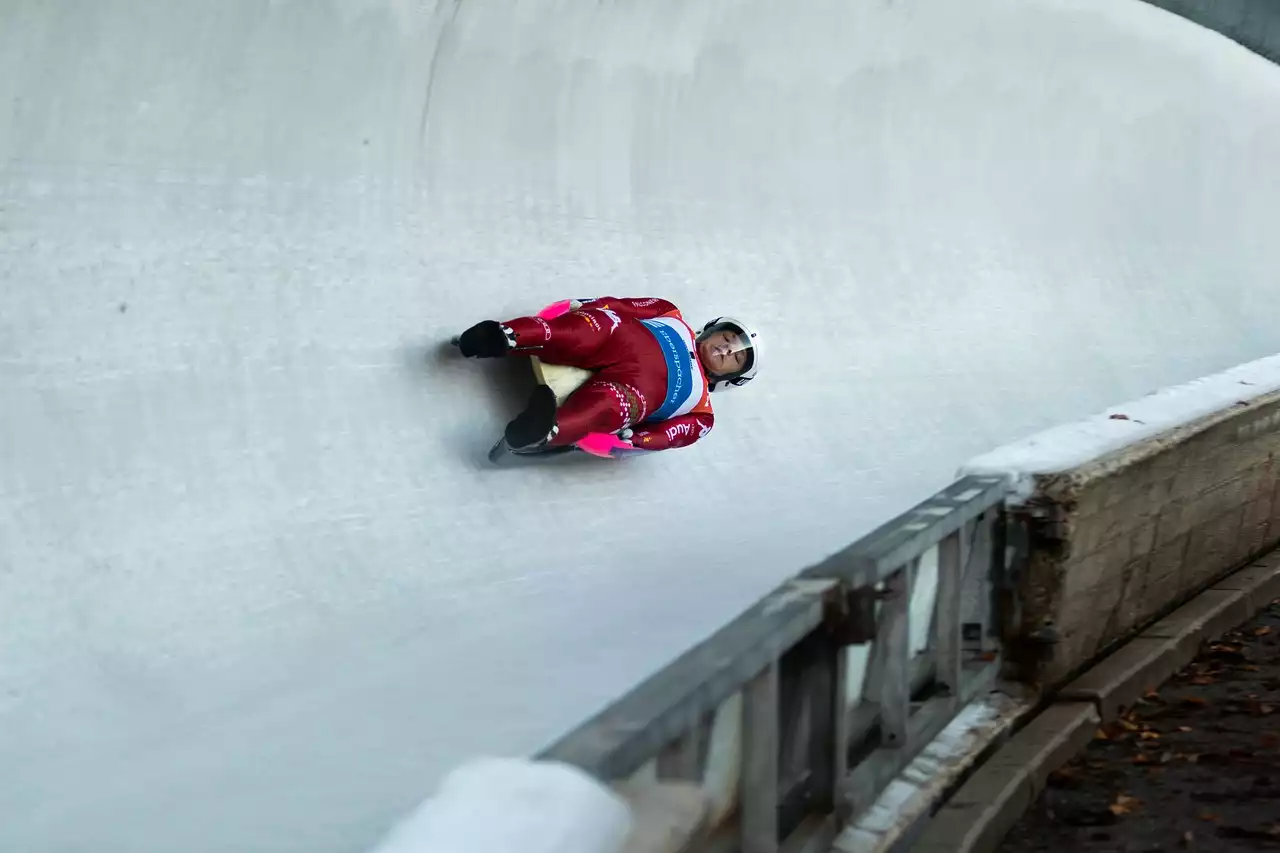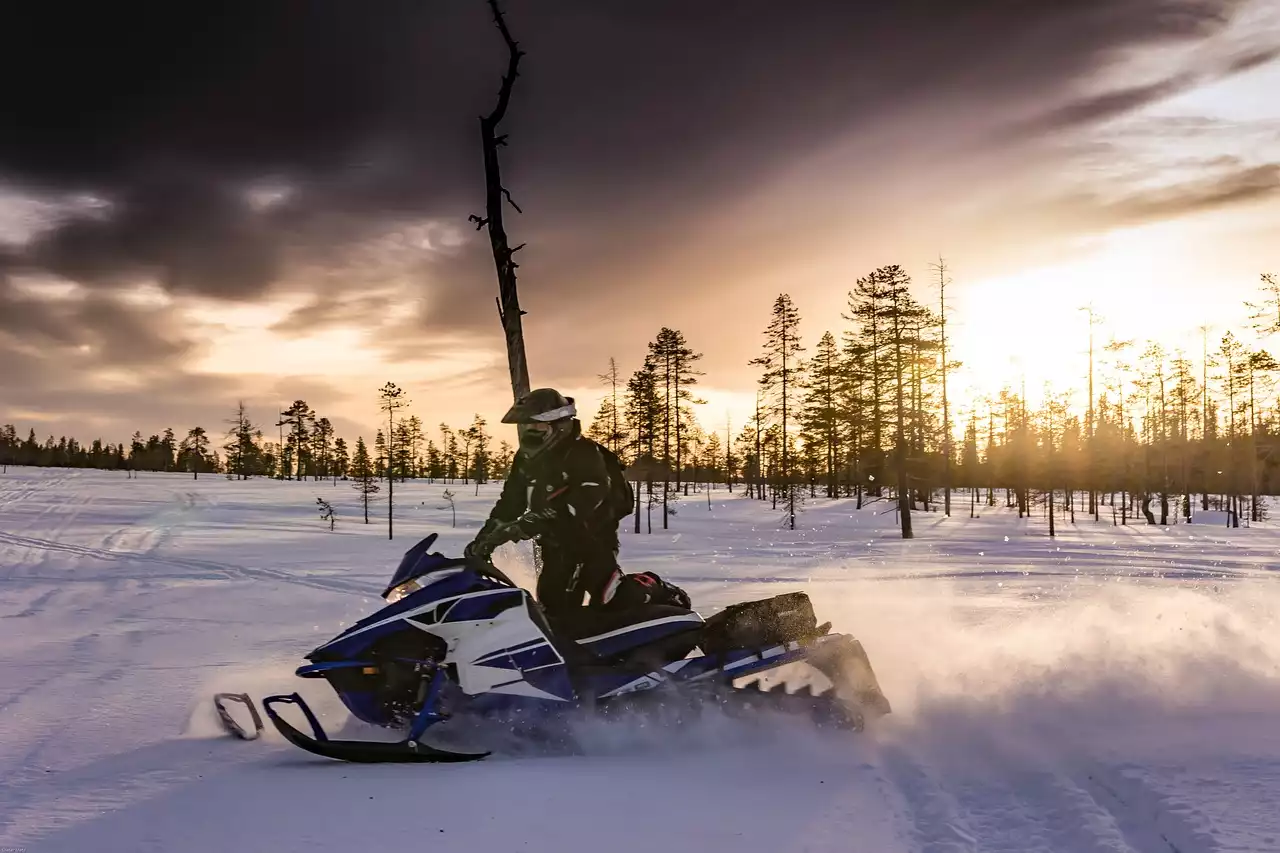Understanding the physics of bobsleigh
Bobsleigh racing may seem like a thrill ride, but it's also a sport that requires a deep understanding of the physics involved. The principles of momentum, gravity, and aerodynamics play a crucial role in determining your speed and trajectory on the track. One of the key concepts in bobsleigh racing is the idea of weight distribution. As the sled hurtles down the track, the distribution of weight among the team members is critical for maintaining stability and speed. By positioning yourself correctly within the sled, you can optimize your team's performance and minimize drag. Additionally, understanding the forces at play during a run can help you make adjustments on the fly, ensuring a smoother and more successful ride.
In addition to weight distribution, the shape and design of the sled can greatly impact its performance. Sleek and aerodynamic sleds are built to minimize drag and maximize speed. By reducing the amount of air resistance, these sleds allow you to glide effortlessly down the track. The materials used in the construction of the sled, such as lightweight alloys and high-tech composites, also contribute to its overall performance. By understanding the physics behind the design and construction of bobsleigh sleds, you can choose the right equipment for a successful run.
Mastering the techniques that allow you to harness the power of physics can give you a competitive edge on the bobsleigh track. By making calculated adjustments to your body position and weight distribution, you can manipulate the forces acting on the sled and gain an advantage over your competitors. So, take the time to study the physics of bobsleigh racing and use this knowledge to your advantage. Understanding the principles at play will not only make you a better bobsledder but also enhance your overall experience on the track.
Choosing the right equipment for a successful run
When it comes to bobsleigh racing, having the right equipment can make all the difference. From the sled itself to the safety gear you wear, every aspect of your equipment can impact your performance on the track. Let's start by discussing the sled. The design and construction of the sled have come a long way over the years, with advancements in technology and materials leading to faster and more efficient sleds. When choosing a sled, it's important to consider factors such as weight, aerodynamics, and stability. Lightweight sleds allow for faster acceleration, while aerodynamic designs minimize drag and maximize speed. Stability is also crucial, as it ensures control and maneuverability through the twists and turns of the track.
In addition to the sled, the safety gear you wear is of utmost importance. Bobsleigh racing is a high-speed, high-risk sport, and protecting yourself from potential injuries is essential. The most important piece of safety equipment is the helmet. A well-fitting, high-quality helmet can prevent head injuries in the event of a crash or collision. It's also important to wear protective padding on your shoulders, knees, and elbows to cushion any impacts. Additionally, wearing proper footwear with good grip is crucial for maintaining stability and control while pushing off at the start and navigating the track.
Along with the sled and safety gear, you should also consider the type of runners you use. The runners are the metal blades that come into contact with the ice and play a significant role in determining your speed and control. Different track conditions may require different types of runners, so it's important to choose the right ones for the specific race. Harder runners are better suited for colder and harder ice, while softer runners provide more grip on softer ice. By selecting the appropriate runners, you can optimize your performance and adapt to different track conditions.
In conclusion, choosing the right equipment is essential for a successful bobsleigh run. From the sled to the safety gear and runners, each piece of equipment plays a crucial role in your performance on the track. By understanding the factors that contribute to speed, control, and safety, you can make informed decisions and give yourself the best chance of success. So, take the time to research and invest in high-quality equipment that meets your specific needs and enhances your performance on the bobsleigh track.
Importance of teamwork in bobsleigh racing
Bobsleigh racing is not a solo endeavor but a team sport that relies heavily on effective teamwork. Each member of the team has a specific role to play, and the success of the run depends on how well everyone works together. Let's explore the importance of teamwork in bobsleigh racing and how it can make or break your performance on the track.
First and foremost, communication is key in bobsleigh racing. From the moment the team members step into the sled, clear and concise communication is essential for a successful run. The pilot, who steers the sled, must effectively communicate their intentions to the other team members. This includes providing instructions on when to push off at the start, when to lean into turns, and when to make adjustments during the run. By communicating effectively, the team can synchronize their movements and make split-second decisions that can mean the difference between victory and defeat.
In addition to communication, trust and synchronization are crucial aspects of teamwork in bobsleigh racing. Trusting your teammates to perform their roles and make the right decisions is essential for maintaining focus and confidence on the track. Synchronization, both physically and mentally, ensures that the team moves as one unit throughout the run. This includes synchronizing the pushing off at the start, shifting weight during turns, and making adjustments to maintain speed and control. By working together seamlessly, the team can achieve optimal performance and maximize their chances of success.
Furthermore, teamwork extends beyond the sled and encompasses the entire team, including coaches, trainers, and support staff. Each member of the team plays a vital role in supporting the athletes and ensuring they are in peak condition both physically and mentally. Coaches provide guidance and strategy, trainers help with physical conditioning, and support staff ensure that everything runs smoothly behind the scenes. By fostering a strong team dynamic and creating a supportive environment, the team can thrive and achieve their goals.
In conclusion, teamwork is the backbone of bobsleigh racing. Effective communication, trust, and synchronization are essential for a successful run. By working together as a cohesive unit, the team can overcome challenges, make split-second decisions, and maximize their performance on the track. So, remember to prioritize teamwork and build strong relationships with your teammates. Together, you can conquer any bobsleigh track and reach new heights of success.
Techniques for a powerful start
The start of a bobsleigh race is crucial for gaining momentum and setting the tone for the rest of the run. A powerful start can give you a significant advantage over your competitors and propel you towards victory. Here are some techniques to help you achieve a strong and explosive start on the bobsleigh track.
First and foremost, proper positioning and timing are key. As the pilot, it's important to position yourself in the sled in a way that allows for maximum power and efficiency. This involves finding the optimal balance between pushing force and aerodynamics. By crouching low and leaning forward, you can generate more power with each push and minimize air resistance. Timing is equally important. The push-off should be executed with precision and synchronization with your teammates. A well-timed push-off ensures that all team members are exerting force at the same time, maximizing the initial acceleration of the sled.
The technique used for pushing off at the start can greatly impact your performance. One commonly used technique is the "penguin start," where the team members push off with their hands on the ice and their feet sliding forward. This technique allows for a powerful and explosive start, as it utilizes the strength of the upper body and legs. Another technique is the "running start," where the team members run alongside the sled and then jump in. This technique requires coordination and timing but can provide a strong and controlled start. It's important to practice and perfect the technique that works best for you and your team.
In addition to positioning and technique, strength and power are crucial for a powerful start. Building strength in your legs, core, and upper body will enhance your ability to generate force and propel the sled forward. Incorporating exercises such as squats, lunges, deadlifts, and push-ups into your training routine can help improve your overall strength and power. It's also important to work on explosive power through plyometric exercises such as box jumps and medicine ball throws. By developing strength and power, you'll be able to launch yourself off the start line with speed and force.
Lastly, mental preparation is key for a powerful start. Visualize the start in your mind, imagine yourself pushing off with strength and precision, and visualize the smooth and powerful acceleration of the sled. By mentally rehearsing the start, you can enhance your focus and confidence, which are essential for executing the technique flawlessly.
In conclusion, a powerful start sets the stage for a successful bobsleigh run. Proper positioning, timing, technique, strength, and mental preparation are all key factors in achieving a strong start. By mastering these techniques and incorporating them into your training routine, you can give yourself a competitive edge and maximize your chances of success on the bobsleigh track. So, practice diligently and make the start of your run count!
Mastering the corners on a bobsleigh track
One of the most challenging aspects of bobsleigh racing is maneuvering through the tight and treacherous corners of the track. Mastering the art of cornering is crucial for maintaining control and speed while minimizing the risk of accidents. Here are some techniques to help you navigate the corners like a pro and gain an advantage over your competitors.
First and foremost, it's important to approach the corners with the right mindset. Confidence, focus, and anticipation are key. As you approach a corner, visualize the line you want to take, anticipate the forces at play, and mentally prepare for the maneuver. Confidence is crucial, as hesitation or doubt can lead to mistakes and loss of control. By approaching each corner with a positive and focused mindset, you'll be better equipped to make split-second decisions and execute the necessary maneuvers.
The technique used for cornering in bobsleigh racing is known as "steering." Steering involves shifting the weight and applying pressure to the sled's runners to control its direction and maintain the desired line through the corner. The pilot, who steers the sled, uses their body and hands to make subtle adjustments and maintain control. This includes leaning into the corner, shifting weight towards the inside of the turn, and applying pressure on the appropriate runner. By mastering the art of steering, you can navigate the corners with precision and maintain optimal speed.
Another important aspect of cornering is understanding the forces at play. Centripetal force, which pulls the sled towards the center of the turn, is a crucial force to consider. By leaning into the corner and shifting weight towards the inside, you can counteract the centripetal force and maintain control. Additionally, understanding the banking of the corners can help you optimize your line and minimize friction. The steeper the banking, the higher the speed you can carry through the corner. By making subtle adjustments to your steering technique based on the banking of the corners, you can gain an advantage over your competitors.
Practice is key for mastering the corners on a bobsleigh track. Regularly train on tracks with different corner configurations to familiarize yourself with various scenarios. By practicing different lines, speeds, and steering techniques, you can improve your cornering skills and build confidence. It's also important to watch and learn from experienced bobsledders, studying their techniques and strategies. By observing and analyzing their performances, you can gain valuable insights and incorporate them into your own approach.
In conclusion, mastering the corners on a bobsleigh track is essential for maintaining control, optimizing speed, and gaining a competitive edge. Approaching each corner with confidence, using proper steering techniques, understanding the forces at play, and practicing diligently are key factors in becoming a proficient cornering expert. So, take the time to hone your skills, study the track, and perfect your cornering technique. With practice and determination, you'll be able to navigate the corners like a pro and leave your competitors in awe.
Maintaining speed and control on the straightaways
While cornering is a critical aspect of bobsleigh racing, maintaining speed and control on the straightaways is equally important. Maximizing your speed on the straightaways can give you a significant advantage and set you up for success in the corners. Here are some strategies to help you maintain optimal speed and control on the straightaways of a bobsleigh track.
First and foremost, finding the optimal line on the straightaways is crucial. The line refers to the path you take through the track, and finding the fastest line can greatly impact your speed. Generally, the fastest line on a straightaway is the one that allows you to maintain a smooth and aerodynamic position while minimizing friction and air resistance. This involves finding the right balance between staying close to the inside of the track and avoiding excessive bouncing or scraping against the walls. By experimenting with different lines during practice runs and analyzing your performance, you can determine the optimal line for maximum speed.
In addition to finding the right line, maintaining a streamlined and aerodynamic position is essential for speed on the straightaways. Minimizing air resistance by tucking your head down, keeping your body low, and aligning yourself with the sled can significantly improve your speed. The less resistance you encounter, the faster you'll be able to glide through the straightaways. It's also important to maintain a stable and balanced position to ensure control and
